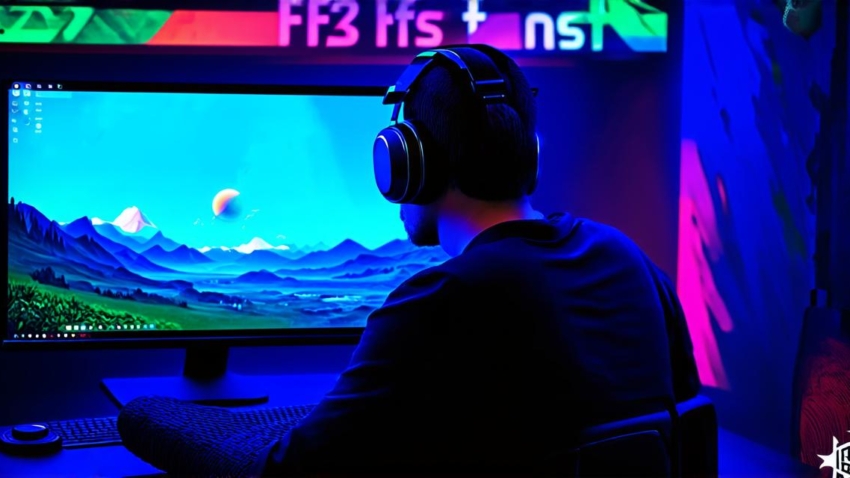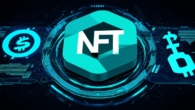
What are the advantages of owning an NFT
Introduction:
Non-fungible tokens (NFTs) have gained immense popularity among artists, collectors, and investors in recent years. These unique digital assets are now being used in various industries such as art, gaming, and real estate. The ownership of an NFT has become a lucrative investment opportunity for many, but what exactly is it that makes these tokens so valuable? In this article, we will delve into the advantages of owning an NFT and provide case studies to help you understand their potential impact on your business.
1. Ownership and Authenticity:
One of the primary advantages of owning an NFT is that it provides ownership and authenticity to digital assets. Unlike traditional digital files, NFTs are unique and cannot be replicated or copied without the owner’s permission. This means that the ownership and authenticity of an NFT are easily verifiable, making it a secure investment for art collectors and other investors.
For instance, in 2021, a digital artwork by Beeple was sold as an NFT for $69 million at Christie’s. The ownership of this unique piece was verified through the blockchain technology that underlies NFTs, providing confidence to both the buyer and seller. This means that NFTs can be used in industries such as art, gaming, and real estate to ensure ownership and authenticity of digital assets.
2. Investment Potential:
NFTs have shown immense potential for investors looking for a lucrative investment opportunity. The value of an NFT can appreciate significantly over time, making it a valuable asset for collectors and traders alike. For instance, in 2017, CryptoKitties was launched as the world’s first blockchain-based game that allowed players to breed and trade digital cats. Today, some of the rarest CryptoKitties have sold for millions of dollars, demonstrating the potential of NFTs as a valuable investment asset.
3. Community Building:
NFTs have also proven to be an excellent tool for community building in various industries. For instance, in the gaming industry, NFTs are being used to create unique game items and collectibles that can be traded among players. This not only creates a sense of ownership and exclusivity but also encourages players to engage more deeply with the game. Similarly, in the art world, NFTs have created new opportunities for artists to connect with their fans and build a loyal community.
For example, digital artist Kevin McCoy has built a strong community around his artwork by creating limited edition NFTs that are highly sought after by collectors. This approach not only helps artists connect with their audience but also creates a sense of exclusivity and ownership among the collectors.
4. Accessibility and Affordability:
One of the significant advantages of owning an NFT is that it makes art and other forms of digital content more accessible and affordable to everyone, regardless of their financial status. By using blockchain technology, NFTs can be bought and sold on a decentralized marketplace, eliminating intermediaries such as galleries and art dealers.
This means that artists can sell their work directly to buyers, cutting out the middleman and making their artwork more affordable. For example, in the world of gaming, NFTs have made it possible for gamers to own unique game items and collectibles without having to spend money on expensive in-game purchases.
5. Royalties and Secondary Sales:
Finally, owning an NFT provides artists with a way to earn royalties on secondary sales of their work. This means that if someone buys an artist’s NFT and then sells it to another buyer, the original artist can earn a percentage of the sale price.

This approach has proven to be successful in the art world, where artists such as Beeple have used NFTs to monetize their work and earn royalties on secondary sales. For example, in 2021, Beeple sold an NFT that represented his artwork “Everydays: All the Moments I Can’t Unsee” for $69 million at Christie’s. If someone buys this NFT and then sells it to another buyer, Beeple can earn a percentage of the sale price.
Case Studies:
1. CryptoKitties:
As mentioned earlier, CryptoKitties is an excellent example of how NFTs can be used in gaming to create unique game items and collectibles that can be traded among players. CryptoKitties was launched in 2017 as a blockchain-based game that allowed players to breed and trade digital cats. Each cat has its unique set of characteristics, making it valuable and rare.
Over time, some of the rarest cats have sold for millions of dollars, demonstrating the potential of NFTs as a valuable investment asset. CryptoKitties has also created a strong community around the game, with players engaging with each other to breed and trade their cats.
2. Rarible:
Rarible is another example of how NFTs can be used in art to create unique digital assets that can be bought and sold on a decentralized marketplace. Rarible was launched in 2020 as a platform for artists to mint and sell their work as NFTs.
Rarible uses Ethereum blockchain technology to provide a secure and transparent way for artists to monetize their work and earn royalties on secondary sales. Artists can create unique digital assets such as art, music, and videos and then mint them as NFTs on the Rarible platform.
Summary:
In conclusion, owning an NFT has several advantages that make it an attractive investment opportunity for artists, collectors, and investors alike. These advantages include ownership and authenticity, investment potential, community building, accessibility and affordability, and royalties and secondary sales. By using blockchain technology, NFTs provide a secure and decentralized marketplace for buying and selling digital assets, making them accessible to everyone, regardless of their financial status. As the NFT industry continues to grow and evolve, we can expect to see more innovative use cases and investment opportunities emerge in various industries.







